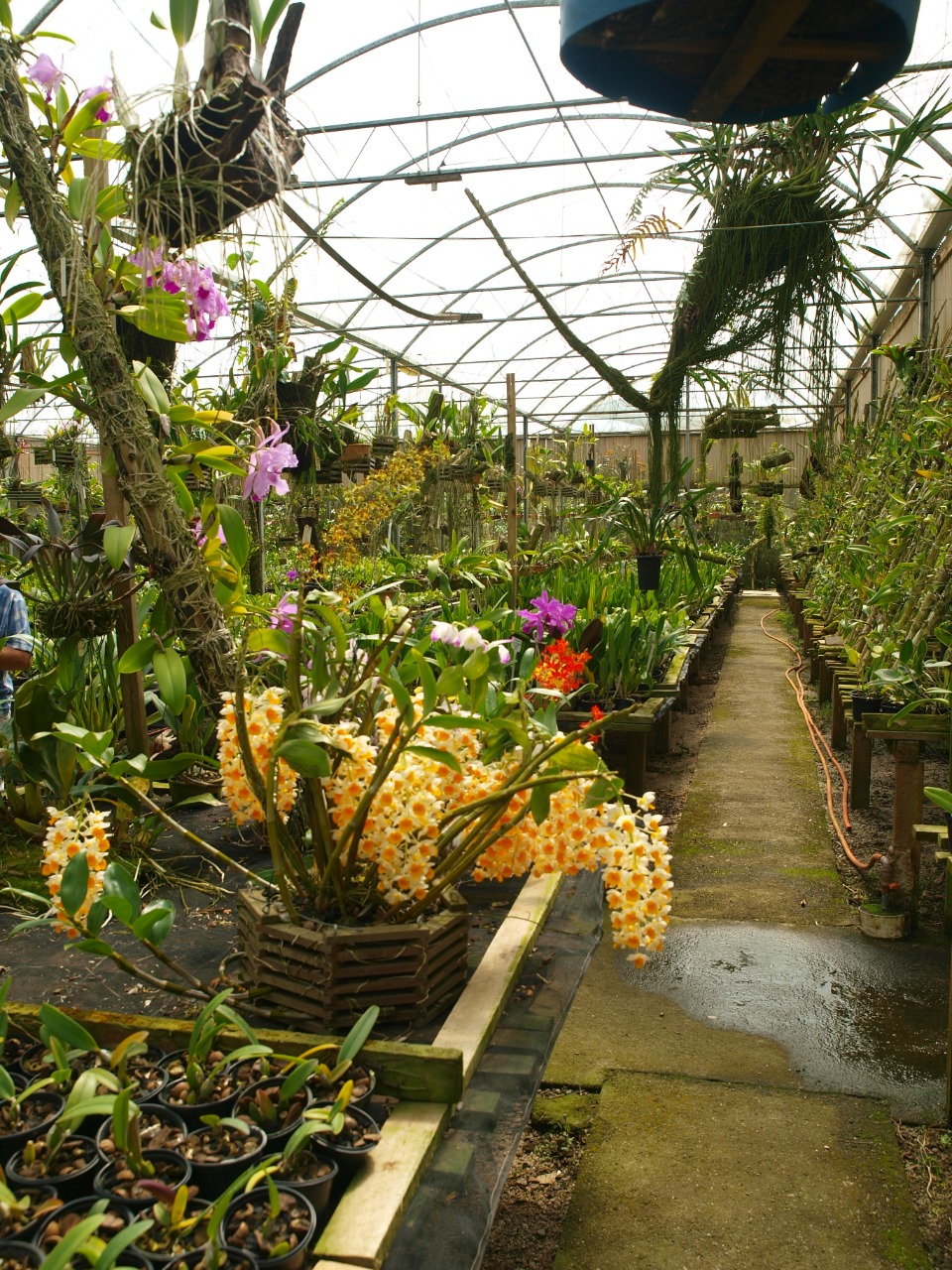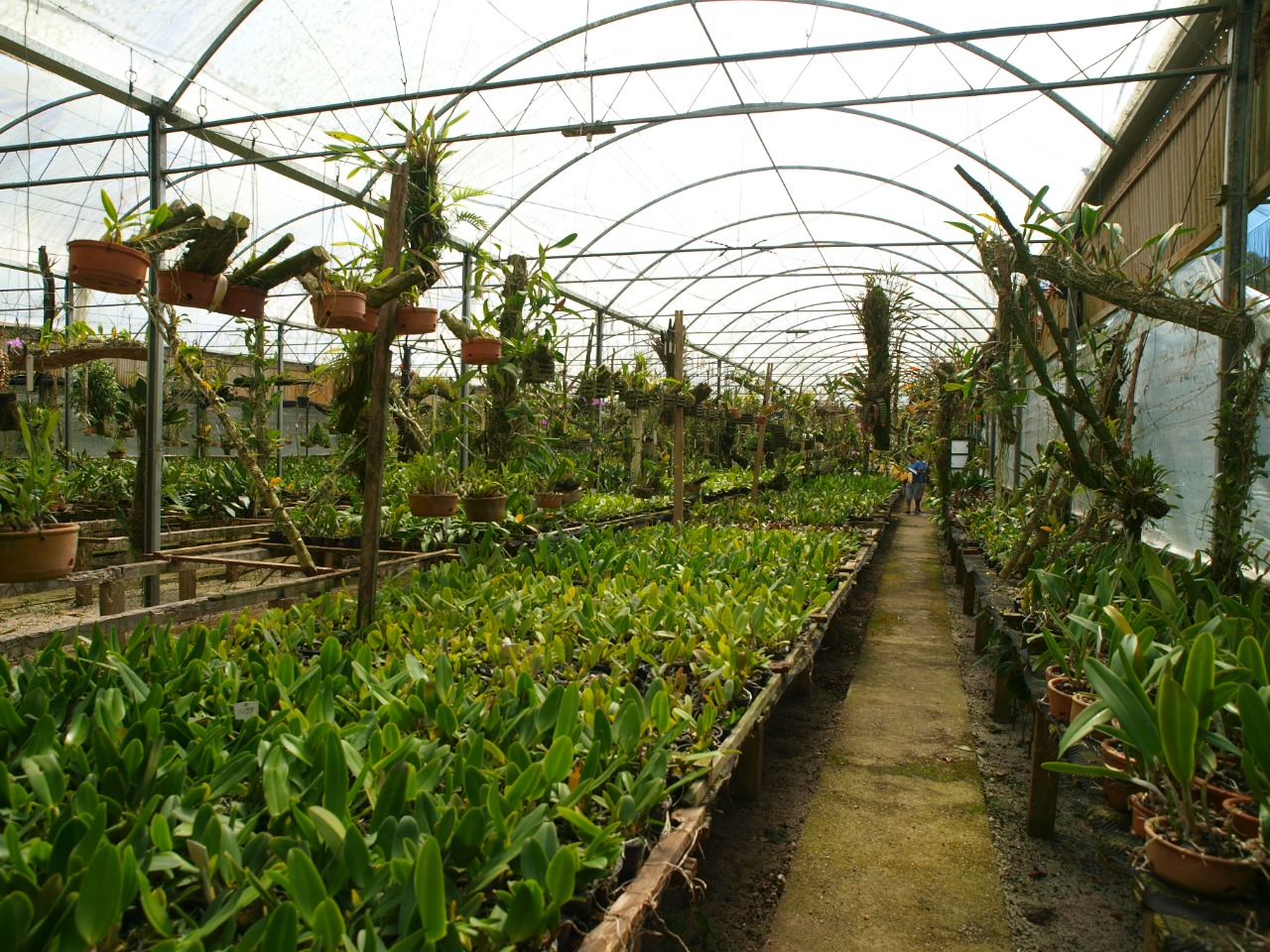
OUR STORY
It all started in March 1953 when my father Wladyslaw Zaslawski found his first orchid in the backyard of his house in Vitória, Espírito Santo State. It was a Cattleya guttata.Over the years, during his free time from work as a mechanical engineer for the railroad, his passion for orchids and the collection kept growing.
My name is Alek and I am a mechanical engineer. When I was very young, at my parents’ home, I was always surrounded by orchids, but never imagined that one day I would work with them. I always appreciated nature and loved to travel with my father to see orchids in nature.
Over the years, a wide collection of orchids was formed, with plants not only from Brazil, but from all over the world, always aiming for flower quality in terms of shapes and colors, among other characteristics. This collection still continues to grow and now we estimate it to have around 20.000 plants.
In 1991 my father retired and I started to help him with the reproduction of orchids. He was a pioneer and our lab was the first one in Espírito Santo State to do assimbiotic reproduction of orchids. At that time, it was also one of the few in Brazil aimed at orchid reproduction. He felt the need to reproduce the rare plants in the collection, it was getting difficult to obtain new color forms and improved shapes from growers, plants were gradually disappearing from their habitat and it was also getting very difficult to import them.
Currently my wife Aline is responsible for the laboratory and the generation of our future plants.

